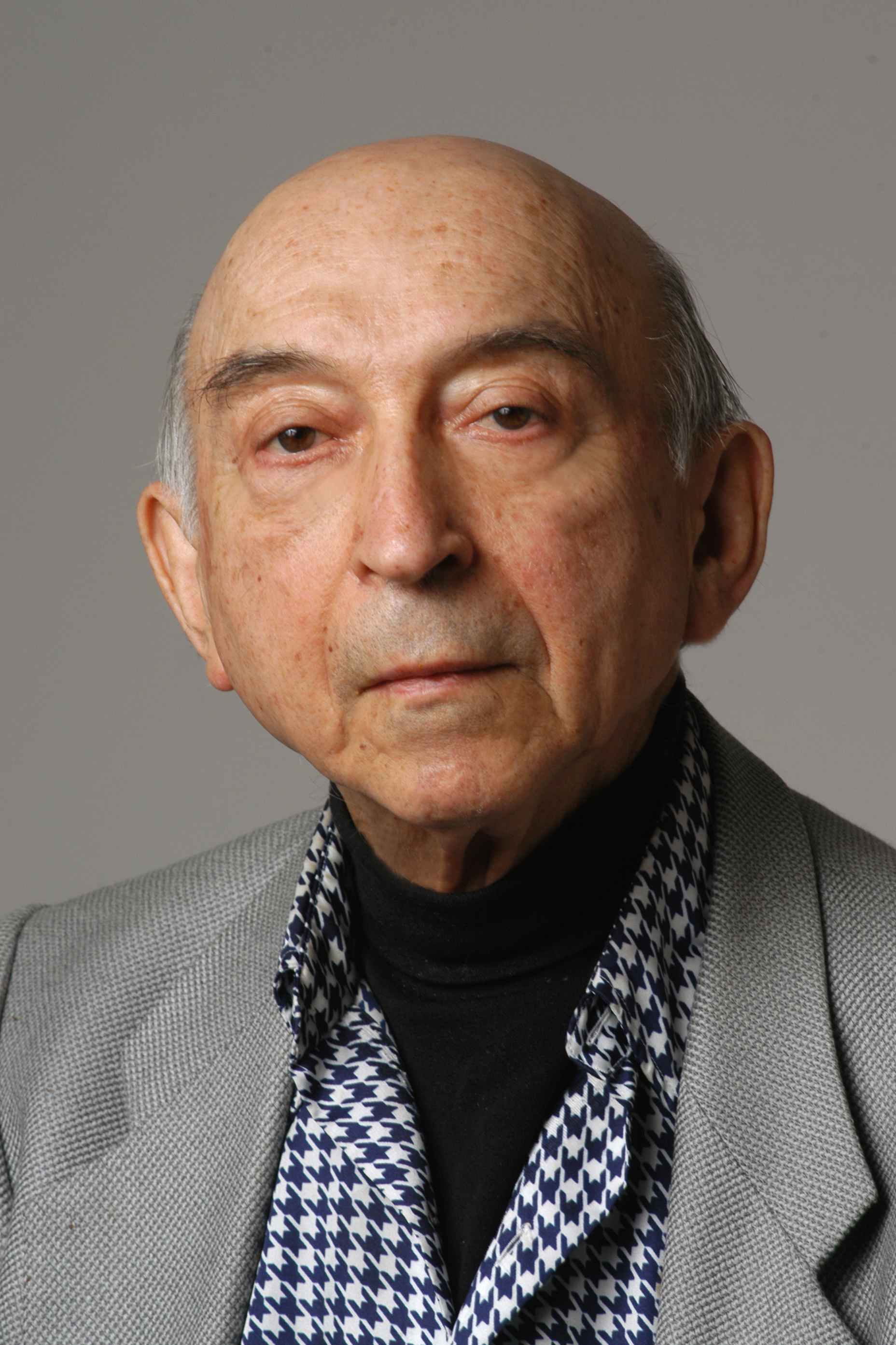He's thinking about basic issues in systems analysis, the unsharpness of class boundaries - the failure of things in the physical world to conform to classical Boolean logic.
Computer science is very true/false, black/white, zero or one.
Summer 1965 - he publishes in Information and Control what he considered to be fuzzy:
For example, the class of animals clearly includes dogs, horses, birds, etc. as its members and clearly excludes such objects as rocks, fluids, plants, etc. However, such objects as starfish, bacteria, etc. have an ambiguous status with respect to the class of animals. The same kind of ambiguity arises in . . . the “class of all real numbers which are much greater than 1,” or “the class of beautiful women” . . . Yet, the fact remains that such imprecisely defined “classes” play an important role in human thinking, particularly in the domains of pattern recognition, communication of information, and abstraction.
Albert Einstein had written in the 1920s (Geometry and Experience) “So far as the laws of mathematics refer to reality, they are not certain. And as so far as they are certain, they do not refer to reality.”
 |
| Heap? |
Here's an example: A heap of sand, from which grains are individually removed. Under the assumption that removing a single grain does not turn a heap into a non-heap, the paradox is to consider what happens when the process is repeated enough times: Is a single remaining grain still a heap? If not, when did it change from a heap to a non-heap?
What about if we define "tall" in humans as being 61 inches or greater - Is someone at 60.9 inches not tall?
Zadeh proposes a fuzzy mathematics made of fuzzy sets, fuzzy logic, fuzzy algorithms, fuzzy semantics, fuzzy languages, fuzzy control, fuzzy systems, fuzzy probabilities, fuzzy events and fuzzy information.
In the 1980s, engineers in Sendai, Japan, incorporated fuzzy logic into the design of the city’s new subway, using it to program what are now the system’s famously smooth starts and stops.
Then comes fuzzy: cameras, washers and dryers, vehicle transmissions and anti-skid braking systems, air-conditioners and thermostats, rice cookers, vacuum cleaners, and unmanned helicopters.
Some don't like this fuzziness. Engineer Rudolph Kálmán called fuzzy logic “a kind of scientific permissiveness.” Mathematician William Kahan dismissed it as “the cocaine of science.”
Since its publication, his inaugural paper has 93,000+ citations, according to Google Scholar.
More mathematical applications of fuzzy logic are yet to come - game theory, geometry, linear programming, probability, statistics, topology. In AI, fuzzy cognitive maps are a tool that researchers are starting to apply in medicine, engineering, defense analysis etc.
Joseph Dauben writes “Fuzzy logic, like chaos theory, helps to handle situations that otherwise would be hard to deal with in a rational, sensible way.”

No comments:
Post a Comment